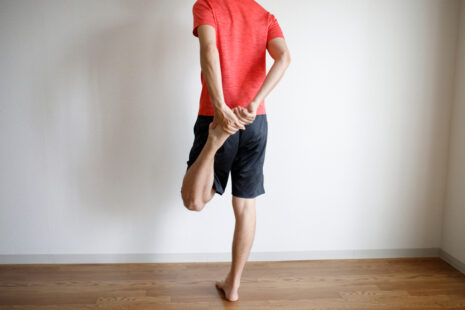
How Do I Prepare My Child For Gymnastics?
Preparing your child for gymnastics involves both physical and mental preparation, along with logistical considerations. Steps to make sure they are ready and excited for the journey ahead in gymnastics... 1. Physical…








